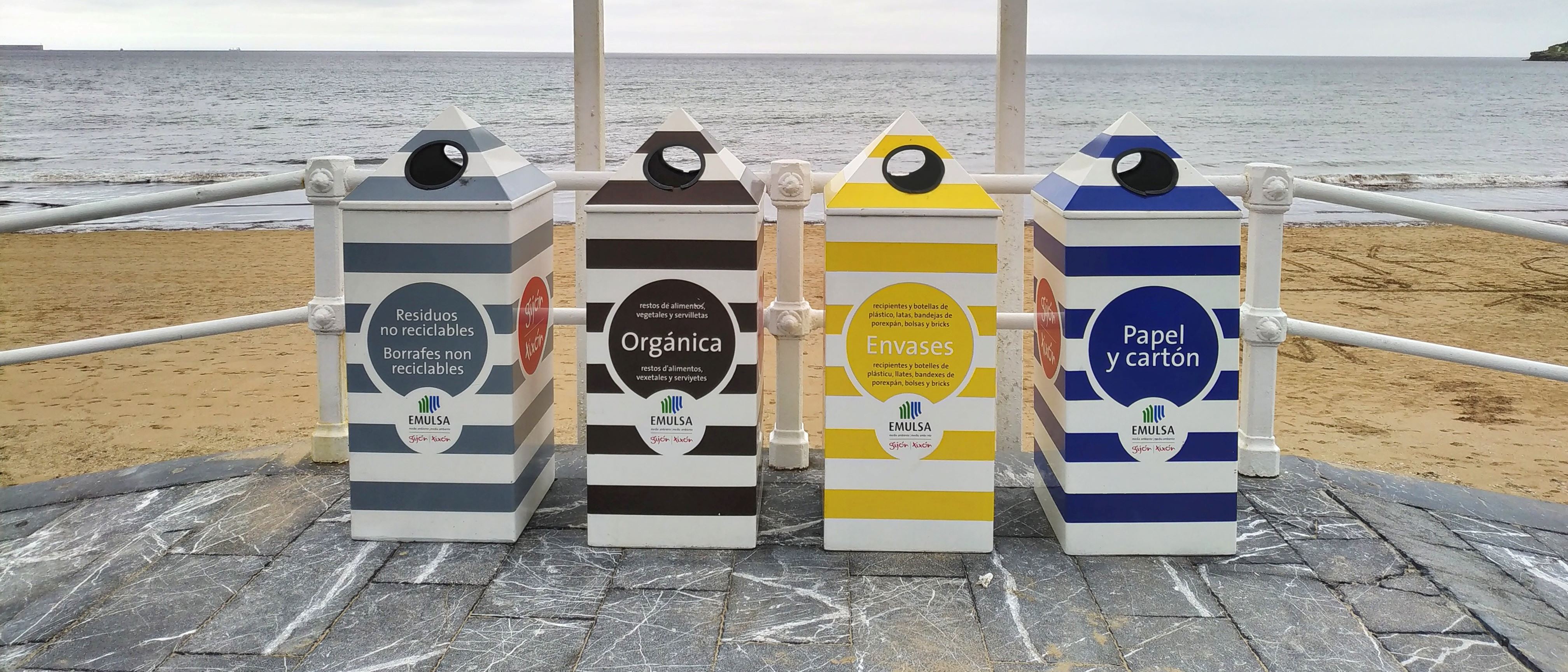The conversation around recycling is becoming progressively urgent and, thankfully, increasingly mainstream. Many more of us are recycling – but there are still blindspots that have serious repercussions for the environment. When you consider that in 2017, plastic straws were the 7th most collected waste item on beaches worldwide, it’s clear that something is going wrong.
So, are straws recyclable? And what can you do to help?
In this article, we’ll look at the different kinds of straws, how recyclable they are, and which kinds you need to switch out for better, recyclable straws. While something as small as a straw can seem insignificant, it is in fact partly their size that makes them such a pervasive problem. They’re easy to ignore – which adds up to becoming a serious threat.
Are they Recyclable? Straws by Material
Chances are, you’ve encountered different kinds of straws before now - so you’ll know that not all straws are plastic. But are those other straws any better for the environment, and what happens to your straws of different materials after you recycle them?
1. Plastic Straws
Since the 1960s, plastic straws have accounted for 99% of the straw market. While that’s changing, they still pose a significant problem. In fact, in the United States alone, 500 million straws are still discarded daily. The weight of those straws is 1.4 million kg. To help you visualise how much that is, it’s enough straws to equal the weight of about ten blue whales each day.
But what if you recycle them? Surely not all these straws are going into landfills, the ocean or waterways? Unfortunately, plastic straws are made from polypropylene, which isn’t accepted by most domestic recycling schemes. And even in cases where this type of plastic is accepted, straws are often too small for most conveyor belts, so go undetected in the sorting process.
Worse still, plastic straws are often contaminated with the sticky residue from liquids, so those that are detected are often discarded for landfill anyway because they’re too dirty.
The trouble is, plastic straws are cheap. They’re made of a low-grade plastic that deteriorates quickly. That’s why they can’t go in the dishwasher and be reused. But that low quality also factors into the recycling process: 95% of recycled plastics are of a lower value than the original, meaning plastic straws are almost impossible to recycle, as the new product is likely to deteriorate quickly and end up in landfill.
2. Metal Straws
Metal straws have become a trendy alternative to plastic straws in recent years, as we’ve become more aware of the environmental impact of single-use plastic. The logic behind using metal straws is this more hard-wearing material will last far longer and is thus reusable, negating the need to throw it away.
That’s not the only good news: metal straws are recyclable. Most are made from stainless steel, which is 100% recyclable, and can be recycled at any point in its life. Other metal straws contain nickel, which also has a high recycling rate: 68% of all nickel available in consumer products is recycled, and another 15% enters the carbon steel loop. However, around 17% still ends up in landfill.
The problem is how metal straws are made. When thinking about straw alternatives there are two types of environmental damage you’ve got to balance: the production of plastic waste that pollutes the environment, and the greenhouse gasses that destabilize the climate.
Unfortunately, the energy used to create one metal straw is roughly equivalent to creating 90 plastic straws, with 150 times the carbon emissions. This means you’d have to use your metal straw at least 150 times to make up for the negative impact of its production.
3. Glass Straws
Metal straws can be hard to clean, so one benefit of reusable glass straws is pretty obvious: they're transparent, so you can make sure there’s no bacteria or mould growing in there between uses, making them a good candidate for reusable straws. But are glass straws all that – and are they recyclable?
One con with glass straws is that they’re subject to breakage. They’re also more expensive than other kinds of straws, which means the onus is often on the consumer to carry theirs around – and products that shatter easily are generally less portable. This is why many manufacturers use borosilicate to create glass straws, as it’s more shatter-proof, heat-resistant and dishwasher safe.
Unfortunately, borosilicate is not recyclable. This glass is chemically different to the glass in bottles and jars, meaning it starts to melt at a much higher temperature so it does not melt in the glass furnace.
This gives rise to defects which can cause several days of production loss at the recycling plant. Worse still, some glass straws are manufactured with a plastic layer to make them shatter-resistant, so you may still be buying a plastic straw without realising it.
4. Bamboo Straws
Bamboo straws are another alternative to plastic straws that are gaining popularity. It’s renewable, as bamboo forests grow quickly, reaching adult plant size in three to five years. Bamboo plants also absorb carbon dioxide and produce oxygen, making them a handy resource for tackling greenhouse gases.
They’re not perfect, though. Bamboo straws have a strong taste of their own, stain easily and are difficult to clean because they are porous. They also wear out more quickly than other kinds of reusable straws, meaning many people still discard their bamboo straws after very little use - and often do so improperly.
Bamboo isn’t recyclable: it’s compostable. The best way to dispose of bamboo straws is to break them up so they can be used as soil fertiliser.
Another thing to consider is “textile miles”. Bamboo is easy to grow, but most is sourced from Southeast Asia as countries such as China are able to produce it on a mass scale. It’s important to check where your product gets its raw materials, as it could have a large carbon footprint.
5. Paper straws
If you’ve had a soggy paper straw experience, it’s easy to dismiss paper straws. But times have changed. Paper straws such as those made by Tembo Paper (and can be made by you with our machinery) are designed to resist water and hold their shape for up to four hours, meaning they’ll last for far longer than it takes to drink a drink without any deterioration in quality. High-grade paper also means you won’t have a papery taste in your mouth, so your drink will taste exactly how it should.
Better still, paper straws like Tembo Paper’s ones are recyclable. They can go into your paper recycling, and they are made of biodegradable paper. Meanwhile, the glue is certified environmentally friendly and minimally applied, meaning they take only a matter of weeks to biodegrade (a far cry from the thousand years it takes for plastic straws to decompose).
It’s also important to note how paper straws biodegrade. “Biodegradable” means the material degrades in the presence of oxygen and sunlight, allowing nutrients to return to the earth. Occasionally, you’ll encounter biodegradable plastics (or “bioplastics”) used for straws. Unfortunately, when these degrade, microscopic plastics enter the water table and contaminate it. However, because paper is a natural material made from wood, it can be recycled and it degrades without harming the environment.
Recyclable Straws: The Verdict
It’s true: in many cases, the easiest solution to go eco-friendly with straws is to cut them out altogether. But that’s not always possible. Drinking straws are vital for people who need extra assistance, and can be a practical solution for drinking specific kinds of beverages – or avoiding contamination.
Plastic straws are seriously bad news for the environment, so it’s important to look for alternatives. But it’s easy to confuse reusable straws with recyclable straws.
The bad news is, many of those reusable straws aren’t up to scratch when it comes to recycling – or balancing the environmental cost of production with their eco-friendly output. However, there’s good news, too: modern paper straws deliver a great drinking experience, they’re easy to recycle, and they’re safe for the environment.
Photo by Javier Huedo on Unsplash


